Through fire and water: the history of Russian popular science literature
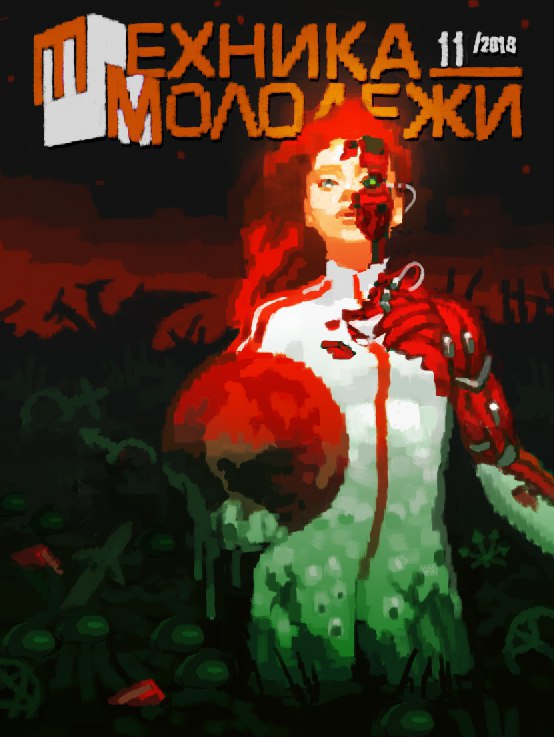
The accessible and interesting literature about science is a magic wand that helps progress not to slow down and move forward. Thanks to her, children begin to learn voluntarily and with interest, while adults expand their horizons and do not allow the brain to relax. Biology, astronomy and mathematics supplant the saga about the next elves and intergalactic ships. And if in Western countries the science center was quietly developing from Jules Verne to Yudkovsky's “Less Wrong”, in Russia it experienced both ups and downs.
Russian empire
Until the 19th century, science was considered an elite occupation, and scientific works for a wide range of readers were isolated experiments. Everything has changed the industrial revolution. The role of science in the lives of people has grown dramatically, it has attracted attention, there has been a demand for affordable scientific content. It was also required in Russia, where scientific literature was skidding along with technical progress.
In the Russian Empire, the state was strained to the press and any publishing sneeze was coordinated with censorship committees, which were guided by church dogmas. The most popular literature was a low-grade mysticism, and in society there was an attitude that “everyone should do what they should”: women should give birth, peasants should plow, and only the elect should study science. Some scientists even thought that in no case could the profanation of science fiction be evil. But with the development of industry in Russia, there was a need for affordable scientific publications and there were those who took up this risky business.

The first sign in 1861 becomes the magazine “Around the World”: it printed foreign translations and notes on Russian geography. The magazine was published only 7 years old, and then closed until 1885. Revived “Around the World” made a bet on a low price and compensated for it with an abundance of advertising. Gradually, the quality of publications fell to a collection of adventurous and adventure stories. In 1891, the creator of the first Russian media empire, I. D. Sytin, saved the situation. He formed a new edition and made “Around the World” a mass edition, where information about scientific discoveries and new inventions was printed. The October revolution introduced its own corrections: Sytin’s entire publishing empire was nationalized, “Around the World” was closed, and the simple Russian peasant Ivan Sytin refused the offer of V.I. Lenin to lead the State Publishing House and retired.
')
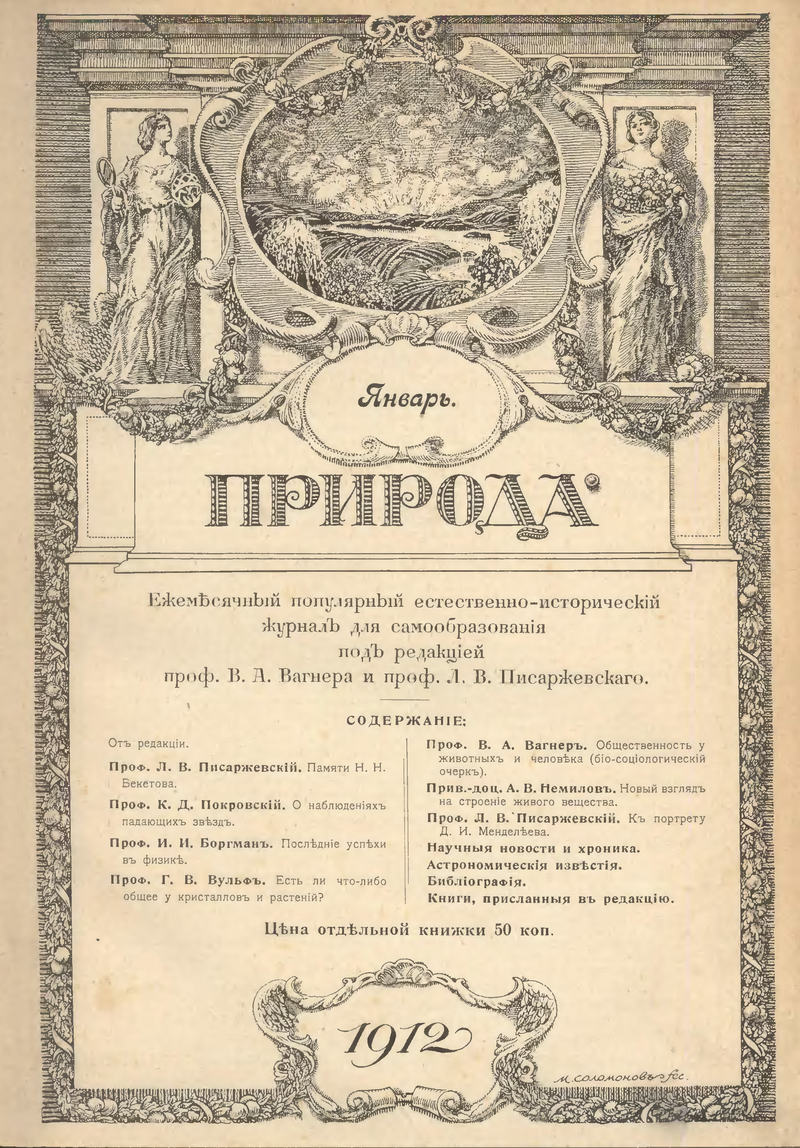
Even less lucky with the start of the magazine “Nature”. Zoologist and psychologist V.A. Wagner conceived it under the influence of Chekhov and almost launched it in the 80s, but the publisher was afraid of problems with censorship. The idea of Chekhov was realized only in 1912. In an address to the readers, the editors wrote that they consider such a format "the best way to combat prejudice, with the influence of scholasticism and metaphysics." This installation was close to many, and famous physicists, biologists began to cooperate with the journal; it printed translations of articles by Planck and Einstein. Books were published under the auspices of the journal, lectures were held; He became a platform for communication between scientists.
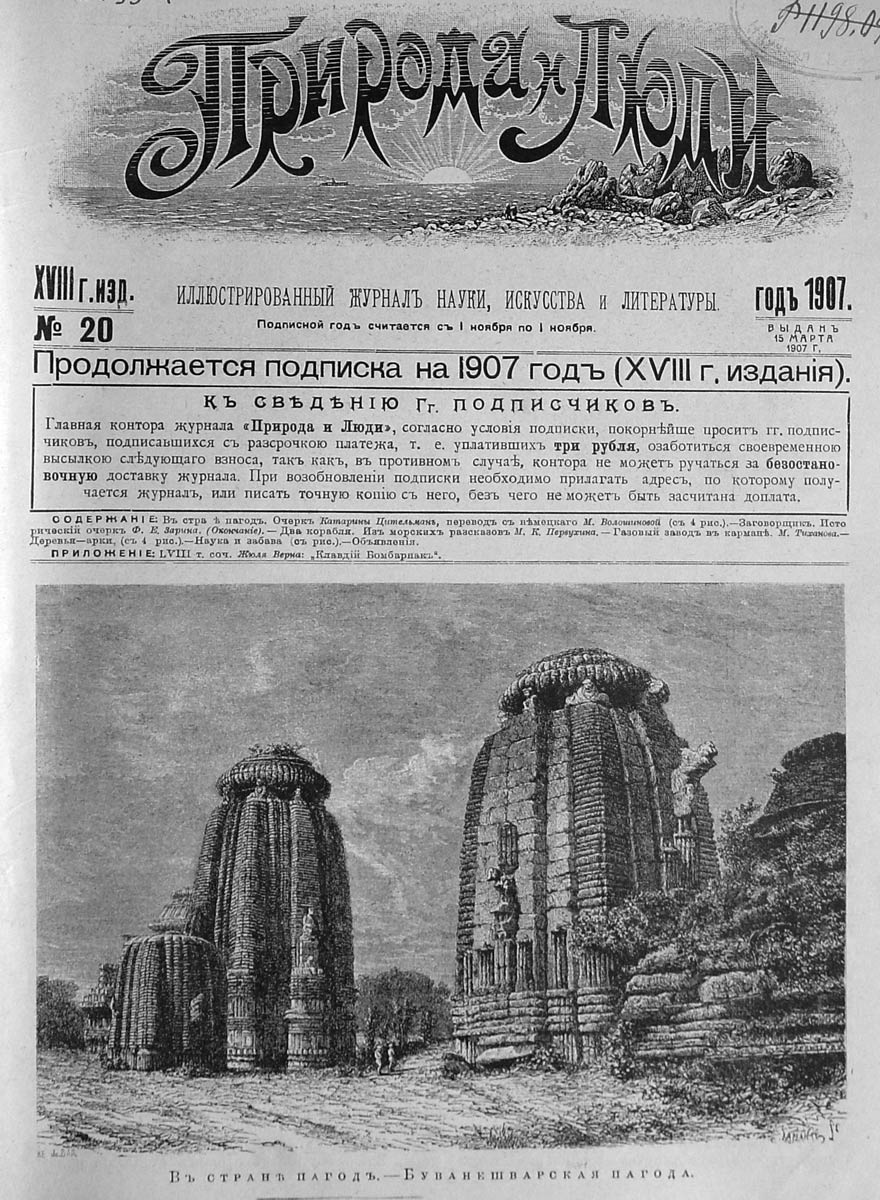
In 1889, in the publishing house PP Soikina came out and instantly became popular magazine "Nature and People." It published information about the latest technical innovations from around the world, articles by Tsiolkovsky and participants of the Imperial Russian Geographical Society. In 1901 he began to work in the journal, and in 1913 Yakov Perelman became the chief editor. His “Entertaining Physics” was a huge success with readers and positive feedback from professional scientists. The word "entertaining" becomes a household word for any popular science books.
The country of the victorious proletariat
World War I, the Revolution and the Civil War shook Russian society. People are fed up with politics: Marx, Lenin and the like have never been read to anyone, but they have swept away fiction, classics and scientific books from book breaks. There was a huge demand for self-education, and society needed accessible scientific and technical literature.
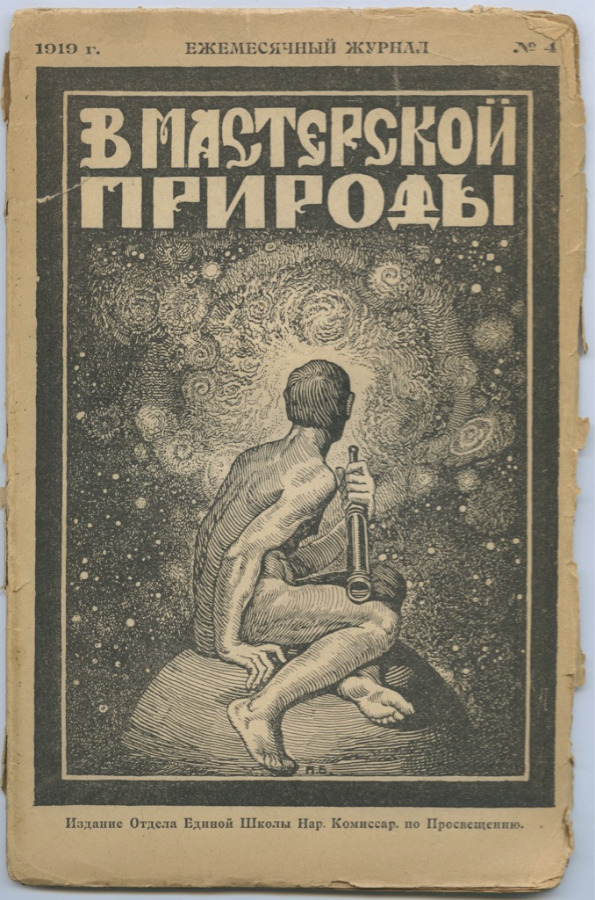
The Civil War was still in full swing, and in 1919, Jacob Perelman launched the first Soviet popular science magazine “In the workshop of nature”. After a one-year break, she resumed her work under the wing of the Nature Academy. A little later, new editions appeared: “Radio amateur” (1924), “Knowledge is power” (1926), “Young naturalist” (1928). “Nature and People” (1927) and “Around the World” (1927) are being revived. Prior to the creation of a publishing monopoly in 1930, non-fiction publications were actively printed by private publishing houses. Only in the publishing house PP Soykina published about a hundred books: “In the Sands of the Karakum” A.E. Fersman, “On the Liu-Kiu Islands” P.Yu. Schmidt, “In the Heart of Asia” P.K. Kozlov ...

The interests of society were strengthened by state projects: cyclopean Soviet construction projects and forced industrialization required a huge number of skilled personnel and serious advertising. The “colleague of Lenin and the former member of the Politburo - N.I. Bukharin. The journals “Socialist Reconstruction and Science - Soren” (1931), “Technique - Youth” (1933) appeared, the magazine “Science and Life” (1934) was reborn.
After the unification of all publishing houses in OGIZ, the future publishers of popular science literature become the future Fizmatlit, ONTI (United Scientific and Technical Publishing House), and DETGIZ headed by S. Marshak. They included the series “Science to the masses”, “Technical-constructive series” for children, “Entertaining sciences” by Jacob Perelman, books by M.P. Bronstein, S.A. Lurie. Soviet popular science literature went for export: they were translated into all European languages and published in the USA “What time is it?”, “Black and white”, “100,000 why”, “The story about the great plan”, “Riddle mystery”, “How a man became a giant” M. Ilina.

The problem was that the young Soviet state did not provide the population with high-quality popular science literature. There was not enough power, paper, but especially not enough authors. Incompetence of censors, orientation on the party leadership and fear of repression hampered popular scientific literature: many topics were banned, and experienced engineers trained in Tsarist Russia, journalists and writers were class enemies with all the tragic consequences.
The party began to search for authors among the workers: on December 31, 1931, a decree was issued “on attracting workers to create a mass technical book”. It did not help. In the second half of the 1930s, both ONTI and DETGIZ began to flood the inflated plans coming down from above. And if ONTI was simply disbanded, then the Leningrad branch of DETGIZ was destroyed. In 1936, the main rival of Nature, the magazine Soren, was closed and removed from all libraries, and in 1938 N.I. Bukharin was shot.
And nevertheless in the USSR there was an organization in which aspiring cadres remained. She was the Academy of Sciences. The Academy of Sciences for the popularization of science took optician, academician S.I. Vavilov. In 1935, he became chairman of the commission of the USSR Academy of Sciences on popular science literature, and in 1936 he headed the editorial board of Nature, and even squeezed out Stalin’s favorite and the killer of Soviet genetics, academician TD Lysenko.

In 1938, the Publishing House of the Academy of Sciences of the USSR launched three series at once: “The Academy of Sciences of the USSR - to the Stakhanovists” edited by the President of the Academy of Sciences V.L. Komarov, on exact and natural sciences, edited by S.I. Vavilova and the series devoted to agriculture. Despite the growing number of popular science publications, they were sorely lacking, and quality books were bought instantly.

The end of this development put the war. Many magazines were closed, and in 1942 J. Perelman died of starvation in Leningrad. But non-fiction continued to live. Alone, working for the entire editorial office, the magazine Nature was first in the besieged Leningrad, and then in the evacuation, professor-lichenologist V. P. Savich. Twice he reduced the number of issues, but “Science and Life” came out.
Printed popular science books: A.I. Oparin "The emergence of life on Earth" (1941), IM. Sechenov “Reflexes of the brain” (1942), SI Vavilov “The eye and the sun. On Light, Sun and Sight ”(1944), N.P. Voronikhin “The Flora of the Ocean” (1945), MM Pokrovsky “The History of Roman Literature” (1945), S.Ya. Lurie “Archimedes” (1945). Evacuated to Kazan, the Academy of Sciences published several books on the 300th anniversary of I. Newton.
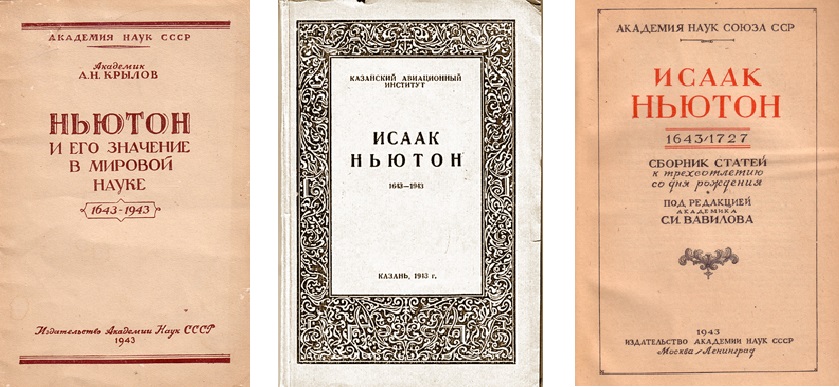
It was at this time, 1943-1944, that the state scientific and technical policy was formulated, which became the basis for the future system of popularization of science. On September 27, 1944, the Central Committee issued a decree “On the organization of scientific and educational propaganda”, and on December 14, 1944, in Izvestia - an article by S.I. Vavilova "The duty of the Soviet intelligentsia." The destroyed Soviet Union urgently needed skilled personnel.
Golden age
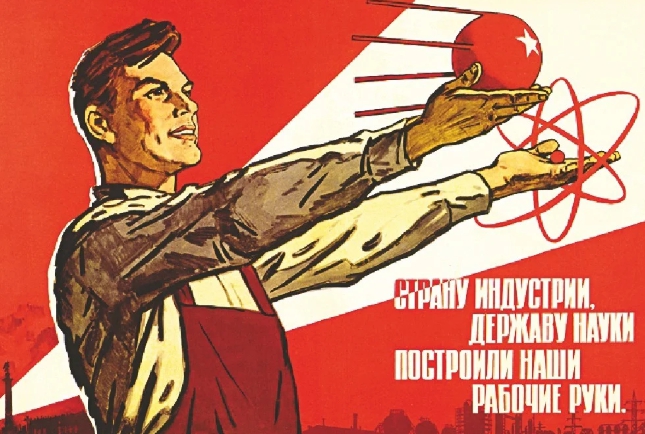
The war showed that it is not dashing head-on attacks that win, but accuracy, fault tolerance and maintainability. It was a “war of motors.” The “space race” and the “arms race” that started after it demanded scientific achievements. In July 1945 S.I. Vavilov was elected president of the USSR Academy of Sciences. In 1947 the “Knowledge” society was created, the purpose of which was the mass education of the population. The state finally approved the system of popularization of science and made it an obligatory part of scientific activity.
The release of popular science literature grew incrementally. New journals appeared: “Young Technician” (1956), “Model Designer” (1962), “Science and Humanity” (1965), “Chemistry and Life” (1965), “Earth and the Universe” (1965), “Quant ”(1970). In total, about 83 popular science journals were published in the USSR. Competition developed between them, the editors experimented, applied unusual illustrations, and produced fantastic works. The circulation of “Science and Life” reached 3 million a year, and in 1977 it published a draft of a new constitution of the USSR.
Millions of copies were reprinted by Perelman’s books, a series of “From the history of world culture”, “History and modern times”, “History of science and technology”, “Pages of the history of our Motherland”, “Peoples of the world”, “The present and future of the Earth and humanity”, “Man and the Environment”, “Science to Agriculture”, “Science and Technical Progress”, “Scientific and Atheistic Series”, “Scientific Biographies and Memoirs of Scientists”, “From Molecule to Organism”, “Planet Earth and the Universe” and many other. In the 80s, the Publishing House of the Academy of Sciences of the USSR, renamed “Science”, was the largest scientific publisher in the world. But it was then that the same thing happened 70 years ago with political literature: the population was tired of mass propaganda.
Catastrophe
In the USSR, popular science literature was read by everyone. In addition to his leadership. Political mistakes were replaced by economic ones and vice versa - the chance to become a global scientific research institute was irretrievably lost, industry rose, living standards collapsed, and normal scientists preferred countries with warmer climates and sane power structures. The population switched to fiction and mysticism, and the state relied on religion.
Popular science literature collapsed. The surviving magazines have reduced the circulation a hundred times, and no one needed the books. “Science” became a typical state monopoly over the entire academic press and was on the verge of bankruptcy. The “Knowledge” society collapsed, and an attempt to reanimate it reminds necromancy rather with the creation of a zombie. Fizmatlit tore into two parts: private and public.
But there were local successes on this front. There are such computer technology magazines as Computerra (1992), Byte (1998), CHIP (2001). And in the 90s, Quantum magazine was published in the USA with translations from “Quant”.
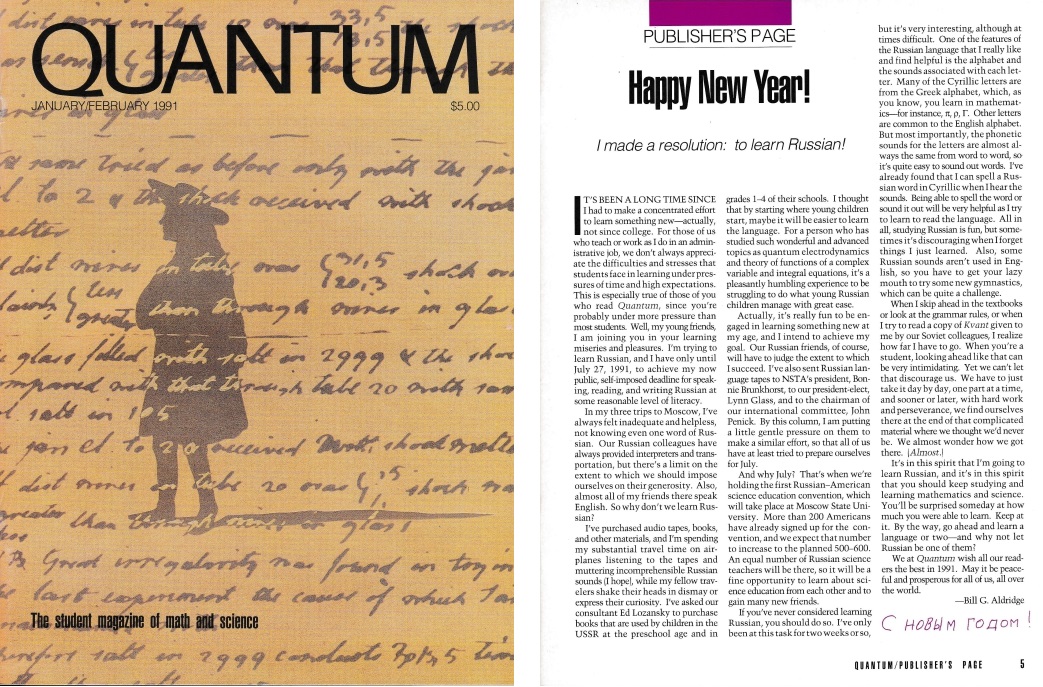
In the 2000s, despite the inaction of the state and the general crisis of publishing, the situation began to get better. New journals appeared: Popular Mechanics (2002), First-hand Science (2004), Machines and Mechanisms (2005), Science and Technology (2006), Quantik (2012), Schrödinger's Cat ”(2014).
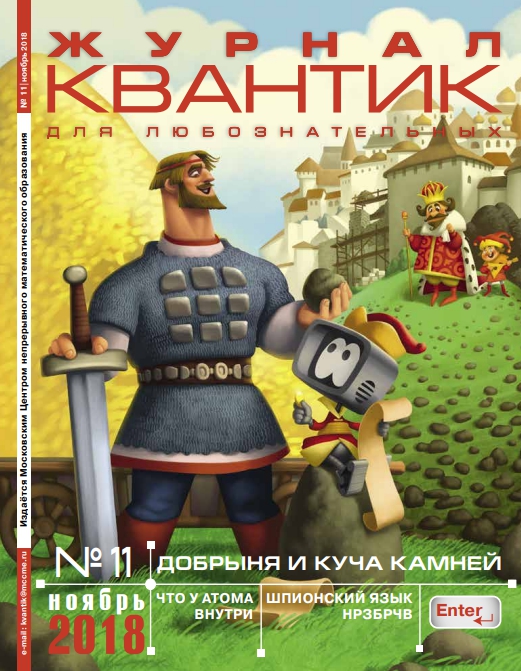
Suddenly it turned out that in the 21st century without R & D, nowhere, and behind this understanding, the scientific community began to revive. Private publishing houses gradually translate foreign authors, reprint Soviet ones, their own appear: M. S. Gelfand, Asya Kazantseva, A. M. Raygorodsky, L.I. Podymov. This, of course, a drop in the sea, but ...
Not so bad and early to whine.
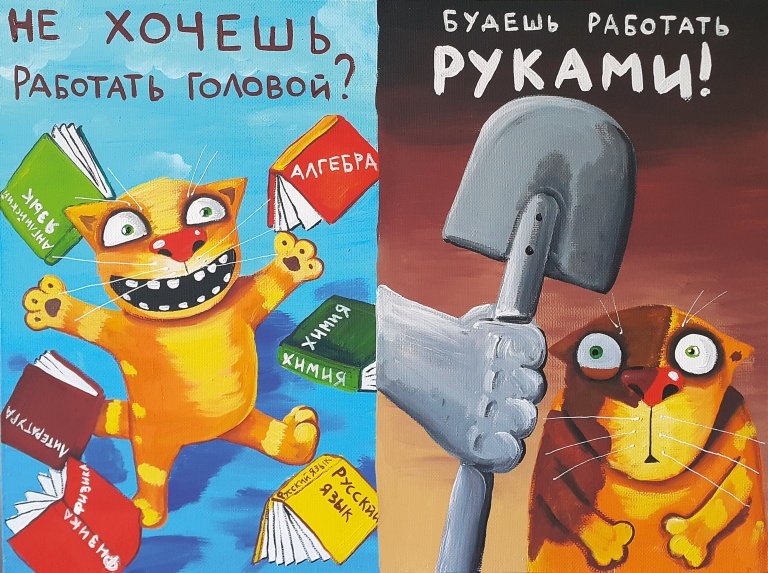
We live in an interesting time: the education system does not keep pace with progress, and the huge demand for self-education is compensated by information technology. Cyberleninka, Sci-hub, Rutracker.org, Flibusta, Habr, Anthropogenesis.ru, Mel.fm, “Postnauka”, “Simple Science”, “Elements of Big Science”, N + 1, Naked Science have occupied a niche of the Academy of Sciences and make scientific content really affordable, and most importantly - interesting. Large technology companies create editorial offices and, in essence, are engaged in “technical propaganda”. Lovers massively translate articles from foreign sources. The areas in which we are traditionally strong are popularized: mathematics, physics, programming, biology.
As a result, the Runet is filled with high-quality and affordable foreign scientific content that falls on the powerful Soviet legacy. A paradoxical situation has turned out: due to the failure of traditional publishing houses, digital resources that generate high-quality content receive an impetus to development. Russian popular science literature - a famous brand with a rich history - is alive and competitive. It remains only to wait for him to finally cope with the crisis and enter the world market.

PS
The article used:
- Illustrations by Vasya Lozhkin and Alexander Seleznyov
- Facts from Andrei Vaganov 's book “The Genre We Have Lost: Outline of the History of Russian Popular Science Literature”
- Quantum magazine archive
Source: https://habr.com/ru/post/429168/
All Articles